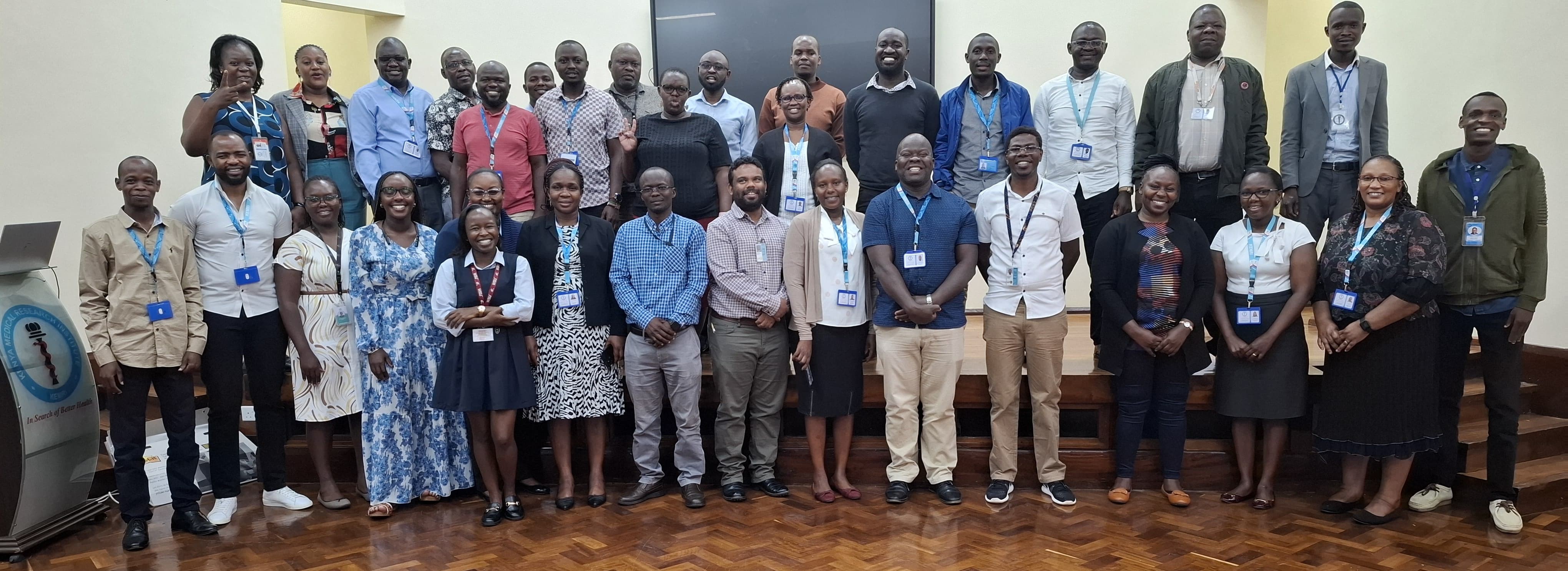
PBIDS: Tracking Diseases, Protecting Communities
PBIDS – At a Glance
Population-Based Integrated Disease Surveillance (PBIDS) is a disease surveillance platform that tracks health trends, detects outbreaks early, and helps combat antibiotic resistance. PBIDS provides real-time monitoring of common and emerging illnesses—including influenza, Ebola, mpox, and COVID-19—enabling rapid public health responses and timely interventions.
For nearly 20 years, PBIDS has generated critical data to better understand the spread and impact of respiratory, diarrheal, and febrile illnesses at the local, regional, and national levels. These insights have supported the rollout of key vaccines (such as those for pneumonia and rotavirus), contributed to the development of new vaccines, and informed strategies to slow the spread of antimicrobial resistance—when bacteria and viruses evolve to resist treatment.
PBIDS operates in seven counties across Kenya, chosen to reflect diverse health risks and environmental conditions. In 2024, PBIDS expanded to Isiolo County in northern Kenya and five additional sites to improve tracking of zoonotic diseases—those that spread between animals and humans. This expansion strengthens the early detection of unusual disease events and enhances outbreak preparedness.
PBIDS collaborates closely with national and international health surveillance systems, reinforcing Kenya’s capacity to coordinate disease detection and response across borders. The platform is built on strong partnerships, including Kenya’s Ministry of Health, the Kenya Medical Research Institute (KEMRI), the U.S. Centers for Disease Control and Prevention (CDC), Washington State University, and other global public health networks—all working together to protect health in Kenya and beyond.
📊 Data-driven insights for stronger public health
Read below to learn how PBIDS is transforming disease surveillance and protecting global health
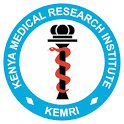
Kenya Medical Research Institute
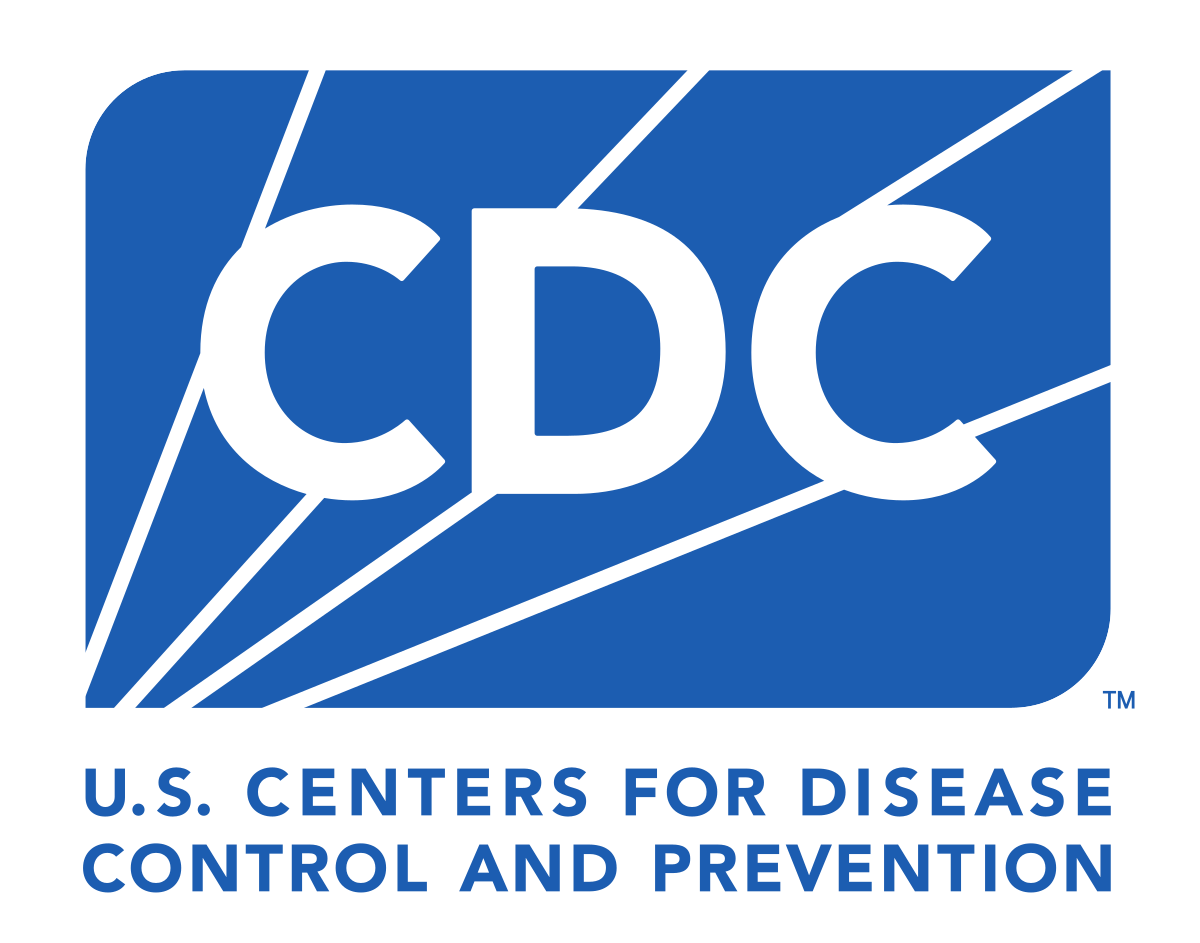
U.S. Centers for Disease Control and Prevention

CFK Africa

Washington State University
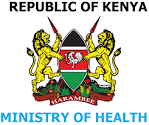
Ministry of health
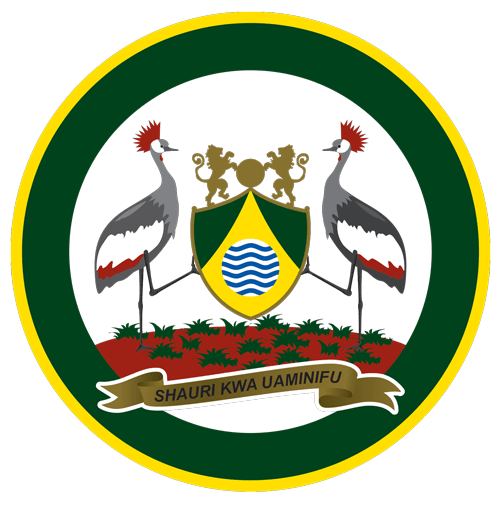
Nairobi County

Siaya County

Isiolo County
PBIDS Impact: Two Decades of Transforming Public Health Surveillance

PBIDS 2024 Expansion: Strengthening Disease Surveillance Across Kenya
Since its launch in 2006, the PBIDS platform has been a cornerstone of disease detection, outbreak response, and health system strengthening in Kenya. Established through a partnership between the Kenya Medical Research Institute (KEMRI) and the U.S. Centers for Disease Control and Prevention (CDC), PBIDS has grown into one of the most comprehensive disease surveillance systems in sub-Saharan Africa.
PBIDS began in Nyanza Province, western Kenya, and now tracks approximately 70,000 individuals:
• Over 35,000 in Asembo, Siaya County (rural setting)
• Over 25,000 in Kibera, Nairobi County (urban informal settlement)
• Additional populations in newly expanded sites such as Isiolo County, targeting semi-nomadic communities with high human-animal interaction for zoonotic disease surveillance.
PBIDS data has directly informed national and global health decisions. Highlights include:
I. Vaccine Policy and Rollout
• PBIDS documented the high burden of pneumonia and diarrhea in young children, providing critical evidence for the introduction of the pneumococcal conjugate vaccine (PCV10) in 2011 and rotavirus vaccine in 2014.
• Follow-up studies showed significant declines in hospitalizations and mortality from these diseases (Feikin et al., Lancet Global Health; Bigogo et al., Vaccine Impact Studies, 2019)
II. Antimicrobial Resistance (AMR)
• PBIDS laboratories have tracked resistance patterns in key bacterial pathogens like Shigella, Salmonella Typhi, pneumococcus, and Campylobacter.
• These findings support Kenya’s National Action Plan on AMR and inform global strategies to preserve antibiotic effectiveness.
III. Early Warning for Emerging Threats
PBIDS plays a vital role in early detection and containment of outbreaks, including:
• Cholera and mpox in 2024-2025, with confirmed cases rapidly identified and reported in Kibera.
• COVID-19, where PBIDS sites were leveraged to track: Early SARS-CoV-2 cases, emerging variants, and vaccine uptake and community immunity levels.
IV. Innovation Through Integrated Surveillance
PBIDS supports cutting-edge surveillance approaches that benefit public health globally:
• Event-based surveillance (EBS) is being evaluated at PBIDS sites to improve outbreak early warning systems
• Environmental surveillance is being piloted to detect antimicrobial-resistant organisms in wastewater, offering a model for detecting threats that might otherwise go unnoticed
PBIDS 2024 Expansion: Strengthening Disease Surveillance Across Kenya
As disease threats evolve, so does PBIDS. In 2024, PBIDS expanded to Isiolo County - a rural, arid region inhabited by pastoralist communities with frequent human-animal-environment interactions, making it a critical hotspot for zoonotic disease emergence. Isiolo now serves as PBIDS’ One Health flagship site, supporting integrated surveillance of diseases that cross from animals to humans, such as Rift Valley fever, brucellosis, anthrax, and other high-consequence pathogens.
In addition, PBIDS established five new ‘Detect’ sites across Kenya, strategically located in counties with diverse ecological and epidemiological profiles. These sites are designed to function as sentinel surveillance hubs, enhancing the early detection of (re)emerging infectious diseases and unusual disease events—especially those linked to climate change, wildlife contact, or livestock movements. PBIDS-Detect sites are also piloting novel tools like environmental surveillance, syndromic reporting, and digital health platforms to track signals from human, animal, and environmental sources in real time.
By embedding these sites within existing health and veterinary systems and working closely with the Kenya Ministry of Health (MoH) and County Health Departments, PBIDS is building a faster, more coordinated, and risk-sensitive surveillance system.
📊 From data to action, PBIDS continues to be Kenya's front-line defense against infectious diseases, driving health security, policy, and impact.
Where Does PBIDS Work?
Main PBIDS Sites
📍 Asembo, Siaya County – Rural population.
📍 Kibera, Nairobi County – Urban settlement
📍 Isiolo County – Rural, pastoralist population with zoonotic surveillance.
PBIDS Detect Sites
 Nyeri County – Central surveillance.
Nyeri County – Central surveillance.
 Narok County – South Rift Valley surveillance.
Narok County – South Rift Valley surveillance.
 Kilifi County – Coastal surveillance.
Kilifi County – Coastal surveillance.
 Kitui County – Eastern region surveillance.
Kitui County – Eastern region surveillance.
 Baringo County – North Rift Valley surveillance.
Baringo County – North Rift Valley surveillance.
Why It Matters? ⚠️🛑🦠
- ✔️ Detects emerging disease threats early
- ✔️ Guides vaccine & antimicrobial resistance programs
- ✔️ Tracks disease spread in communities
- ✔️ Improves outbreak response capacity in Kenya
PBIDS provides real-time, continuous data to help health officials respond swiftly to outbreaks—protecting communities and saving lives.
Learn More About PBIDS
PBIDS Methodology
🚑 Tracking Diseases, Protecting Kenya and Global Communities! PBIDS integrates multiple surveillance methods to monitor diseases, their causes, and risk factors across Kenya.
A Multi-Faceted Approach:
-
🔍 Household-based Surveillance – Biannual household visits to collect health data & track healthcare usage.
- Demographics and vital events monitoring, including mortality surveillance
- Healthcare utilization surveys
- Monitoring uptake of public health interventions including vaccines
- Water sanitation and hygiene (WASH) survey
- Socio-economic status (SES) assessments
-
🏥 Health Facility Surveillance – Clinical data & specimen collection at 3 hospitals:
- St. Elizabeth Lwak Mission Hospital (Asembo)
- Tabitha Medical Clinic (Kibera)
- Eremet Dispensary (Isiolo)
- Syndromic surveillance for respiratory, diarrheal, febrile illnesses
- Targeted specimen collection: NP/OP, stool, whole blood, serum, DBS
-
🐔 Zoonotic Surveillance (Isiolo site)
- Monitoring livestock ownership, interactions, and animal product consumption
- Use of Kenya Animal Bio-Surveillance (KABS) system for reporting
- Sentinel surveillance among high-risk occupations (e.g. slaughterhouse workers)
- Animal sample collection & lab testing
-
🌍 Environmental Surveillance
- Drinking water testing for chlorine & microbes
- Testing wastewater, fecal waste, and surface water
- Climate, land use, and ecological data tracking
-
🚨 Event-Based Surveillance (EBS)
- Real-time human and animal signal reporting via MOH and county partnerships
Overall: PBIDS contributes to early detection of (re)emerging public health threats globally.
Available PBIDS Data
- ✅ Household structure
- ✅ Individual demographics (age/gender)
- ✅ Migration patterns
- ✅ Socioeconomic factors
- ✅ Outpatient/inpatient visits
- ✅ Symptom tracking
- ✅ Clinical diagnoses
- ✅ Lab-confirmed cases
- ✅ Verbal autopsy data
- ✅ Hospital records
- ✅ ICD-11 coding
- ✅ Microbiological tests
- ✅ Molecular test results
- ✅ AMR profiles
- ✅ Pathogen identification
- ✅ Water/sanitation access
- ✅ Hygiene practices
- ✅ Exposure risks
- ✅ Health-seeking behavior
- ✅ Immunization history
- ✅ Vaccine coverage rates
- ✅ Vaccine-preventable disease tracking
- ✅ Emerging disease monitoring
- ✅ New variant detection
- ✅ Targeted pathogen surveillance